FIREPLACE MANTELS AND WOOD-BURNING FIREPLACES
Let’s define precisely what a mantel and hearth are. A mantel is the shelf above the top of the fireplace opening. Mantels typically range from four to seven feet long and five to 12 inches deep, depending on the fireplace size and finish. Craftspeople make them from various materials like brick, concrete, tile, and wood, including old barn beams and split logs. Mantels can be either combustible or non-combustible.
For the safety of your home and loved ones, it’s crucial to understand that most zero-clearance (ZC) wood-burning fireplaces require between two and three feet of clearance above the fireplace opening to the mantel. Furthermore, the manufacturer may have different requirements for the same fireplace with a combustible mantel compared to a non-combustible mantel. These safety measures are designed to protect you and your home, so adhering to them is essential.
When it comes to the depth of the mantel, there are specific limits to consider. For instance, you will likely need to install a 66” long x 12” deep mantel further above the fireplace opening than a 66” long and 6” deep mantel. To get accurate and specific instructions, always refer to the installation manual. The details provided in the manual regarding mantel placement and size are essential for a successful installation.
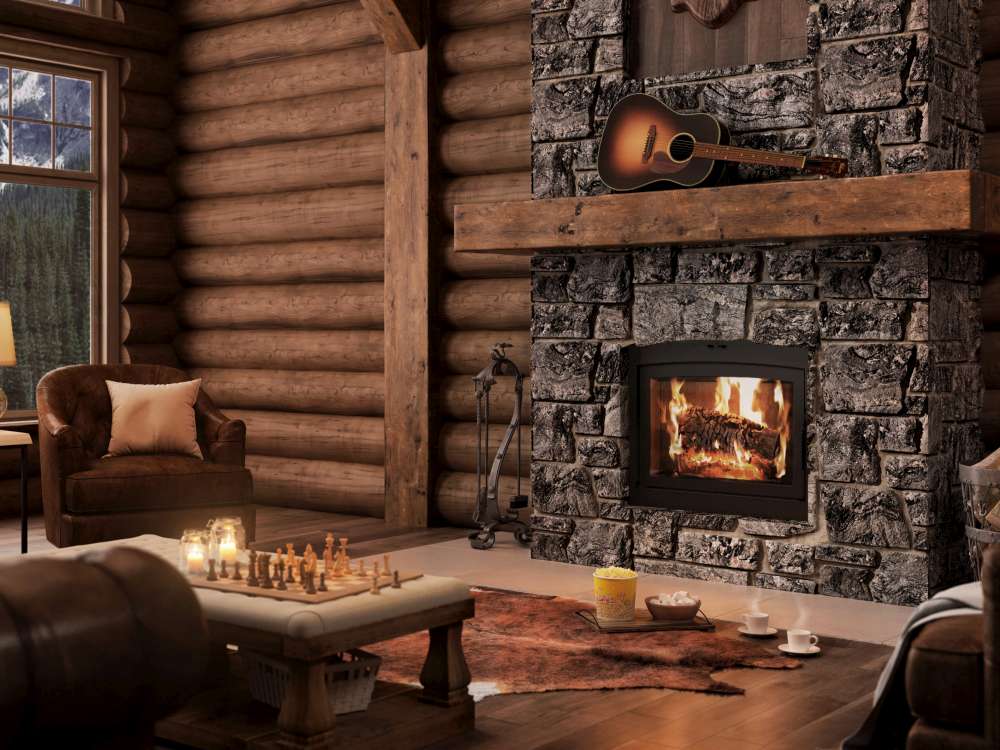 THE WOOD BURNING FIREPLACE HEARTH
THE WOOD BURNING FIREPLACE HEARTH
The hearth is that floor space directly in front of the fireplace. A wood-burning model requires a hearth made out of a non-combustible material. This protects the floor against heat and any errant sparks or embers from the fire. Brick, stone, slate, and tile are commonly used. The hearth requirement will include dimensions that extend beyond the width of the fireplace’s opening. Depending on the model, the depth requirement can vary from 16” to 20”. Again, remember to check on the manufacturer’s minimum requirements. Here’s a typical requirement for a zero-clearance fireplace. A diagram similar to this is available for all ZC units.
There may be prerequisites for the way the hearth is constructed. By this, we mean those materials used beneath the brick tile or slate. The fireplace’s heat may require you to build the hearth with non-combustible insulating material, like mineral fiber or ceramic board, and/or a specific cement board or air space thickness.
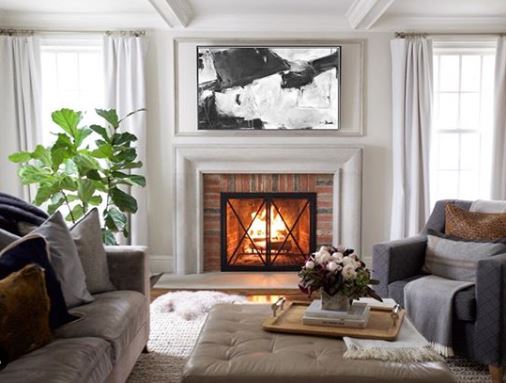 WHAT ABOUT WOOD BURNING INSERTS?
WHAT ABOUT WOOD BURNING INSERTS?
Wood-burning inserts are trendy appliances used to improve the efficiency of an older or open-burning fireplace. The information above regarding mantels and hearths will also apply to wood-burning fireplace inserts. The manufacturer tests and lists inserts, and their clearance requirements are readily available.
If you are planning a wood insert project, do not assume that your existing wood-burning fireplace’s mantel and hearth requirements are adequate to accommodate an insert. They may or may not be. Your WE LOVE FIRE expert will carefully evaluate clearance requirements, dimensions for proper fit, and other finishing details.
Many people planning to install a wood-burning fireplace insert often replace the mantel and upgrade the hearth simultaneously. Fireplace insert remodeling projects are popular because they can update older, out-of-date family rooms while significantly increasing the heat delivered to the home.
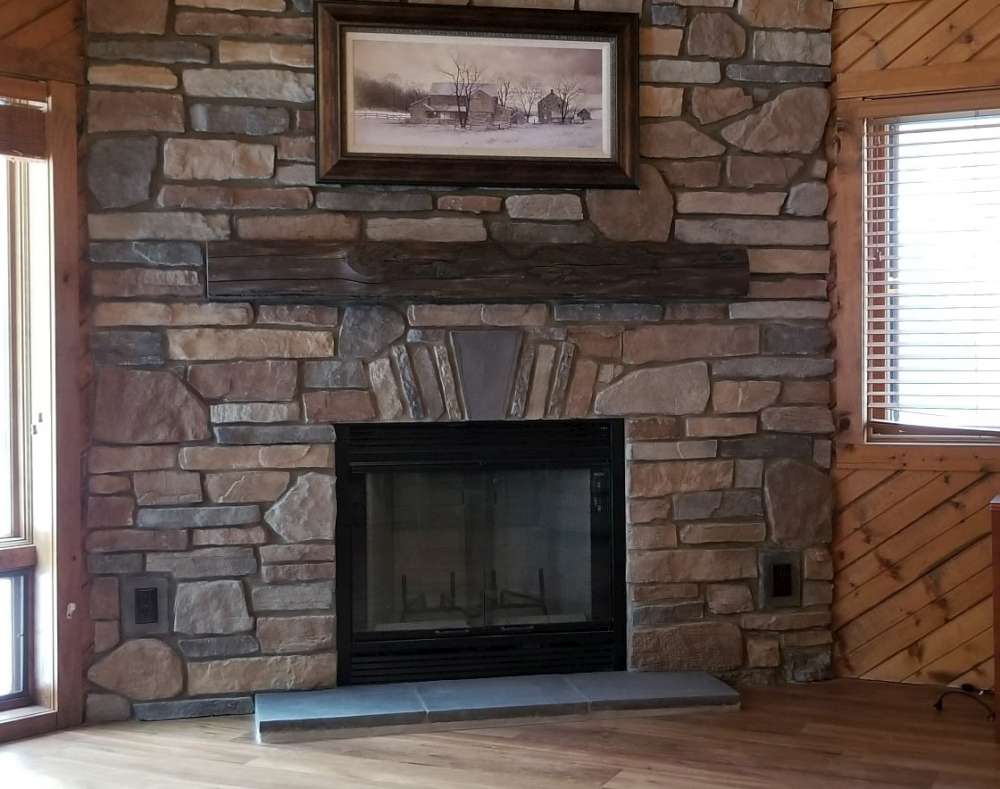
REGARDING GAS FIREPLACES AND INSERTS MANTELS
Gas fireplaces have substantially different requirements than wood-burning units. Some higher heat output models have strict requirements, while others may have no hearth requirement! Some gas fireplaces have non-combustible facing requirements, while others allow wood trim to be in contact with the sides and top of the unit.
It’s common for a customer to come with a picture and ask their WE LOVE FIRE dealer to duplicate it. The fireplace, the mantel, the hearth, the stone, and the lighting are appealing. Generally speaking, it’s very likely the look and feel of the picture can be matched with a gas model.
Clearances for the hearth and mantels with wood-burning fireplaces are much more stringent than for a gas insert. However, mantel and hearth requirements for gas fireplace inserts are seldom an issue.
Electric Fireplace with Mantel – Is it Required?
No, but you can certainly add one for a more creative touch. There are no clearance requirements, but as usual, always check your installation manual.
PLANNING YOUR PROJECT IS KEY!
We’ve mentioned these many times, but a couple of items bear repeating. When it comes to clearance requirements for fireplaces, “more is better.” If a mantel requirement is 28” above the fireplace opening, install it 30’ or 32” above. If a hearth extension says 18” minimum, there’s nothing wrong with going 20” – 24”. Installation details are in the product brochures and/or the owner’s manual.
Don’t leave your fireplace dreams to chance. Get expert advice from WE LOVE FIRE®. Our hearth specialists will help you design the perfect mantel and hearth, taking into account your style, budget, and safety requirements. Visit us for a free consultation, and let’s bring your vision to life!
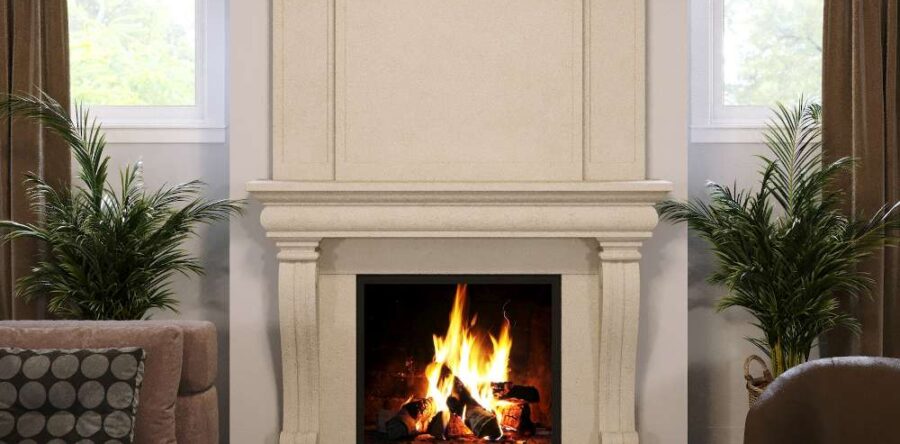

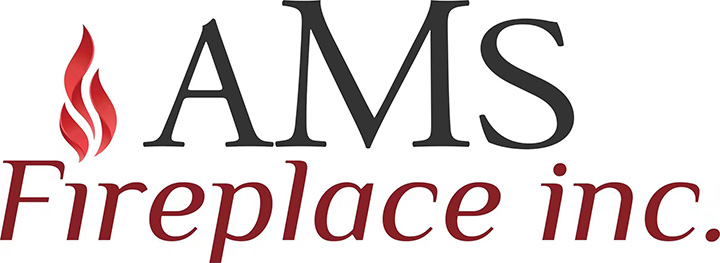
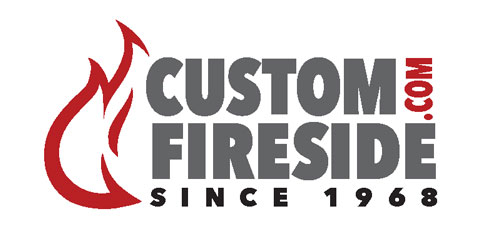


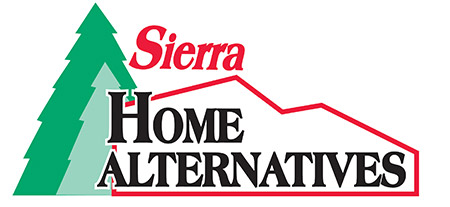





4 Responses